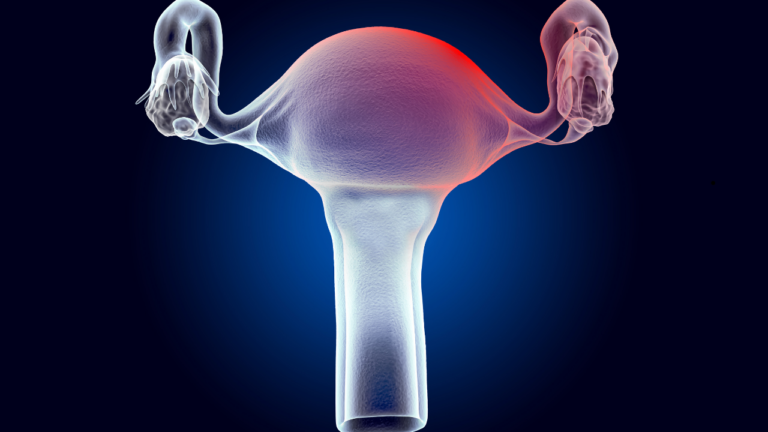Harnessing Power Within: Estrogen’s Role in Fueling Mitochondria for Maximal Strength

When we think of estrogen, the first thing that may come to mind is its association with the female reproductive system.
However, there’s more to this hormone than meets the eye, and recent scientific discoveries unveil a fascinating connection between estrogen and the powerhouse of our cells – the mitochondria. In the world of weightlifting, understanding how estrogen fuels the mitochondria sheds light on why women may find it easier to lift at or near maximal weight for reps.
Mitochondria: The Cellular Powerhouses: Before we dive into the estrogen-mitochondria connection, let’s appreciate the role of mitochondria in our bodies. These tiny organelles are often referred to as the cellular powerhouses because they are responsible for producing adenosine triphosphate (ATP), the primary energy currency of our cells. More ATP means more energy available for intense physical activities, such as lifting heavy weights.
Estrogen’s Impact on Mitochondrial Function: Research indicates that estrogen plays a pivotal role in optimizing mitochondrial function. Estrogen receptors are found on the mitochondria, suggesting a direct interaction between the hormone and these energy-producing organelles.
Studies have shown that estrogen can enhance mitochondrial respiration, the process by which cells use oxygen to generate ATP. This means that women with higher estrogen levels may experience improved efficiency in energy production, providing a biological advantage when tackling maximal weights for repetitions.
Increased Oxygen Utilization: Estrogen’s influence on mitochondrial function extends to the enhancement of oxygen utilization. Efficient oxygen utilization is crucial during intense physical activity, as it allows muscles to generate energy aerobically. This increased capacity for aerobic energy production can contribute to better endurance and sustained performance, making it easier for women to engage in high-intensity weightlifting for extended periods.
Mitochondria as Guardians of Muscle Health: Beyond ATP production, mitochondria play a crucial role in maintaining muscle health. Estrogen’s positive impact on mitochondrial function contributes to the preservation of muscle tissue and reduces the likelihood of muscle fatigue during strenuous exercise. This is particularly advantageous for women lifting at or near maximal weight for reps, as it supports the overall integrity and resilience of their muscles.
Estrogen, Menstrual Cycle, and Performance Optimization: It’s worth noting that estrogen levels fluctuate throughout the menstrual cycle. Some studies suggest that women may experience variations in strength and performance at different points in their cycle, potentially aligning with estrogen peaks. Understanding these hormonal fluctuations allows women to strategically plan their training, capitalizing on the times when estrogen levels are conducive to optimal mitochondrial function and energy production.
The intricate dance between estrogen and mitochondria unveils a remarkable synergy that empowers women in the weightlifting arena.
By fueling the cellular powerhouses and optimizing energy production, estrogen provides a biological foundation for women to lift at or near maximal weight for repetitions.
As we continue to unravel the complexities of hormonal influences on strength and performance, embracing the role of estrogen in powering our mitochondria is a powerful step toward unlocking the full potential of women in the pursuit of maximal strength and fitness.
Want to know how to navigate your training around your cycle?
As a CFT Athlete we give hormone notes for every day of training, including suggestions on when to push and when to chill (you still need to know you can perform when you’re pmsing or on your period!). Check out ALL our programs HERE.
Want to get a heads up when a new blog post happens? Subscribe HERE and be notified!






